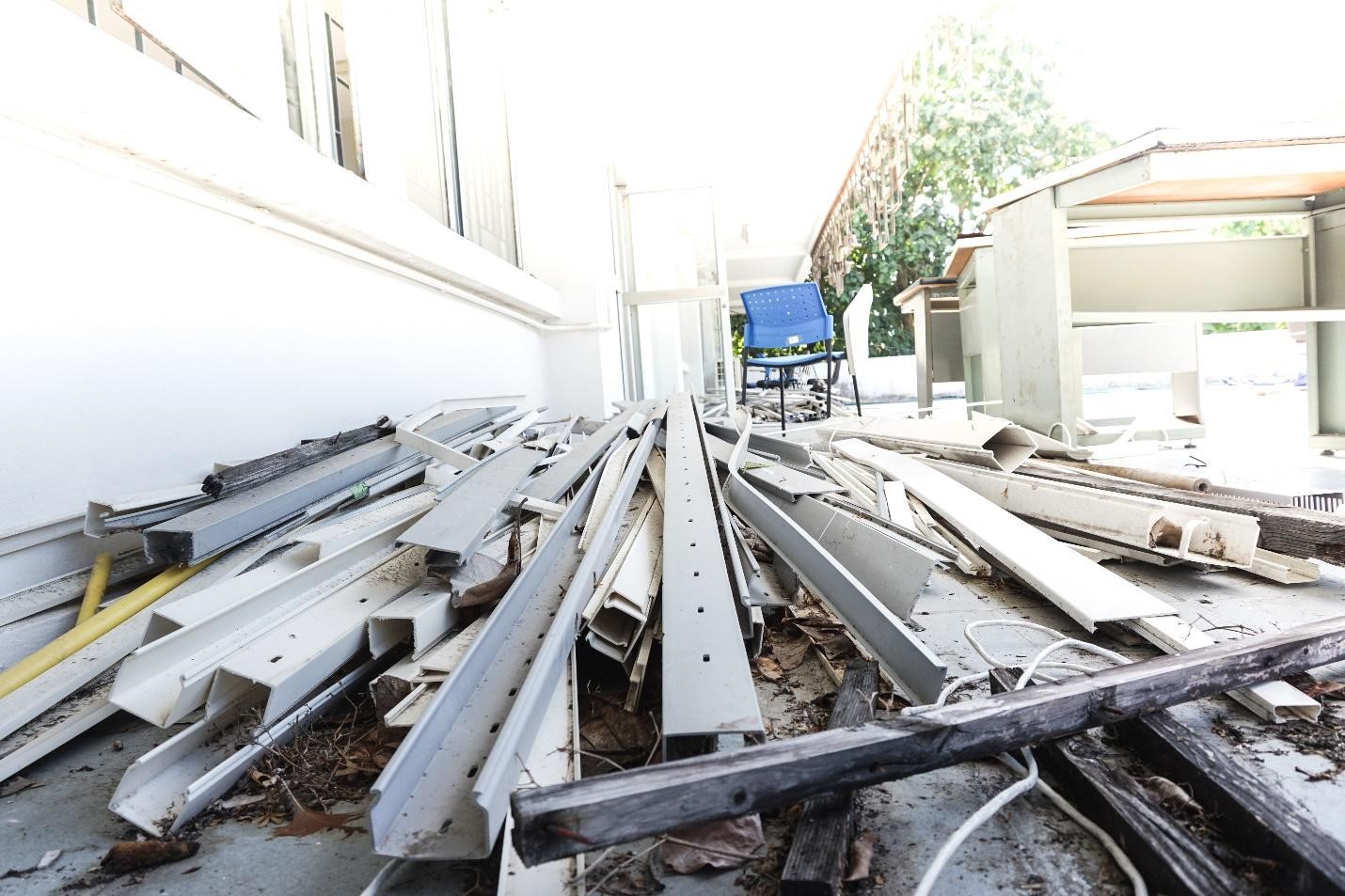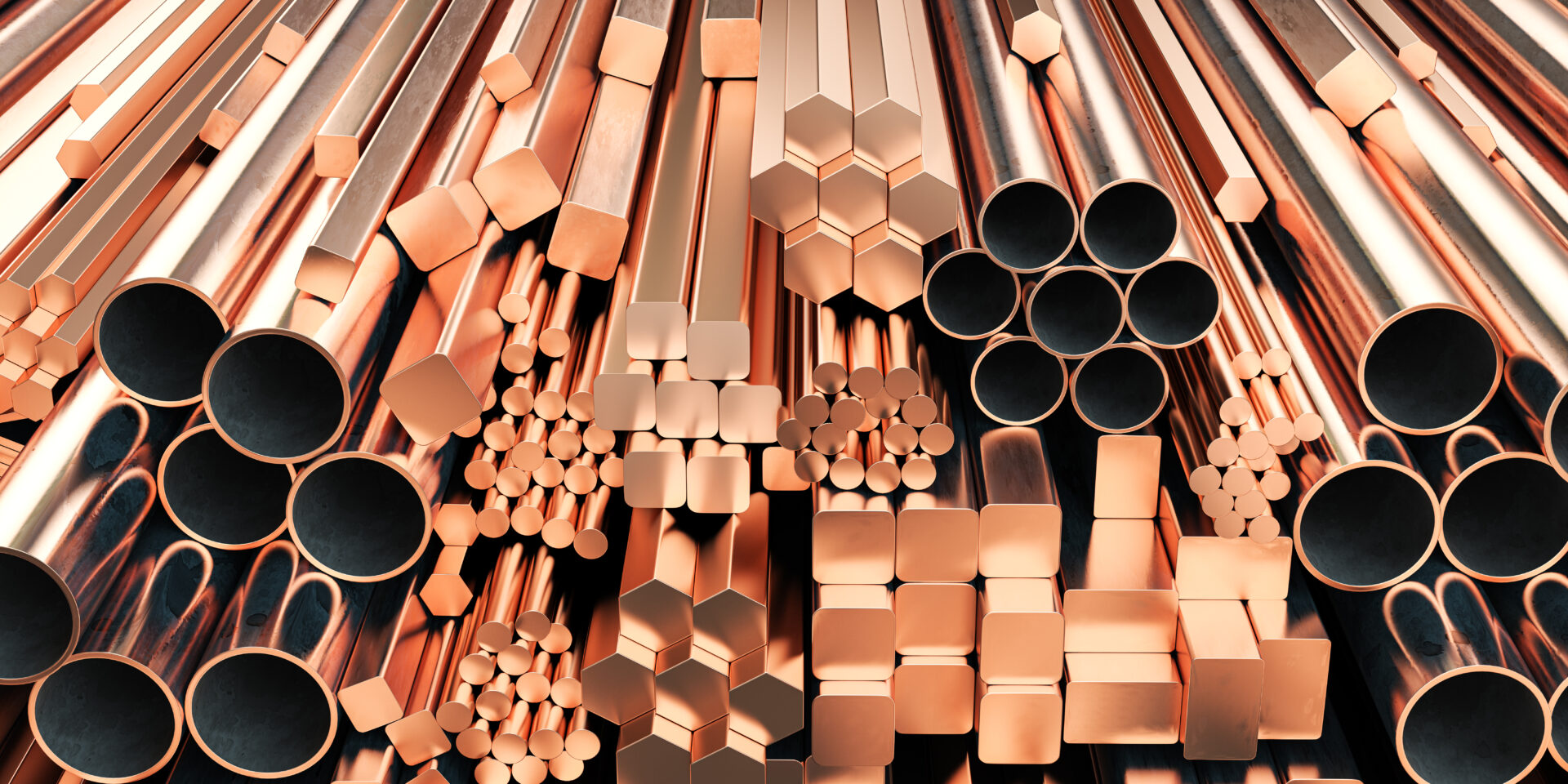
China is creating new headaches and uncertainty for the U.S. recycling market, following their decision to stop accepting the import of scrap metal. Now with a trade war escalating between the U.S. and China, the recycling industry could be facing even more challenges.
The solution may not come from a sudden change of heart within the Chinese government, or changes in the U.S. trade policy, either. The real solution may come from a different group entirely: American consumers.
Rather than rely on exporting scrap to China, we need to increase scrap metal recycling rates, which will not only help the recycling industry financially, but also prove to be highly beneficial for our environment.
In fact, as the U.S.-China trade war heats up, there’s a growing sense that U.S. customers can help this situation, while at the same time helping to keep costs low for cities and states that run recycling programs.
One key solution is finding ways of encouraging Americans to do a better job of sorting their recycling and trash. Studies indicate that in some U.S. cities, up to 50% of the material in household recycling bins may be contaminated or can’t be recycled, so a key factor is to get the word out to consumers.
And that’s true as well for recycling items like scrap metal or used electronics. There are strong environmental and economic benefits to doing so.
If consumers get better at what we throw away – and what we don’t — that’s going to provide a long-term boost to the recycling industry at a time when this field truly needs it.
How Has China Impacted the Scrap Recycling Industry?
The scrap recycling industry has been facing uncertainty since July 2017, when China announced it would ban dozens of scrap categories to tighten its contamination standards.
Then scrap recyclers around the globe found themselves scrambling when China’s State Council recently outlined plans to “ban importing solid waste” permanently by the end of 2020. Designed as a plan to combat pollution, the council has recommended the possibility of a complete ban on imported scrap materials.
That comes on top of moves over the past 18 months by the Chinese government to restrict certain types of scrap metal and impose contaminant levels that make it exceedingly unlikely any scrap imports will pass inspections.
This is a dramatic shift for China. For most of this century, China led the world in the purchase of imported scrap materials. The Institute of Scrap Recycling Industries noted that China led the world in 2016 by importing 28 million tons of scrap and 3 million tons of copper-bearing scrap. A complete ban by the start of 2021 would be a dramatic shift.
And that’s not all. Since Aug. 23, U.S. scrap metal, waste paper and plastic cargoes arriving in China have been required to pay a new levy, after China announced it was imposing a list of tariffs on $16 billion of U.S. goods after President Donald Trump imposed similar tariffs on imported Chinese goods. Once a leading importer of American scrap metal, China now appears determined to retaliate against President Trump’s tariffs with tough new duties of its own.
If the Chinese market is closed off to U.S. scrap, recyclers would need to find other overseas markets that offer large-scale opportunities, such as India and Turkey.
But there could be another option: American consumers.
How Can U.S. Consumers Play a Role?
Economists argue that the best solution to this trade war is to promote what’s called a “circular economy,” or one where we keep our resources in use for a longer period. That offers the benefit of reducing both waste and pollution, but it also creates a much-needed long-term plan for a stronger approach to waste management.
A key example: the U.S. makes most of its steel and aluminum by recycling scrap metal from manufacturers or from discarded items at projects like demolished buildings or infrastructure projects. In 2017 alone, the U.S. made 82 million metric tons of steel. Nearly 70 percent of that was made from scrap metal.
And last year, 83 percent of the 4 million metric tons of aluminum made in this country came from recycled metal.
Those numbers sound impressive, but researchers say when you add up all scrap items, the recycling rates are lower and could definitely be improved. One challenge is that not enough steel or aluminum products get collected for recycling, and the rest ends up in landfills.
That’s a concern, because metals placed in landfills contain toxic chemicals that pose threats to the soil and water — not to mention the nearby wildlife and even people.
That’s why more researchers and economists say the solution is for the U.S. to step up its reuse of scrap metal.
As a fully industrialized nation, U.S. domestic needs can be met by recycling scrap rather than importing new metals. Replacing cars, demolished buildings, and major infrastructure like roads and railways by reusing and recycling steel and aluminum is considerably more environmentally friendly than creating new metal by mining for virgin ore, a process known to destroy wildlife habitats and endangered plant and animal life.
Recycling also offers a much smaller carbon footprint, with far fewer risks for greenhouse gas emissions compared to making new steel. It’s been demonstrated that recycling aluminum will reduce emissions by more than 80 percent.
So the solution is to encourage more individuals, businesses, and government agencies to make a firm commitment to recycling every bit of scrap they have. There could also be a role here for increased federal support for metal recycling, including funding research to boost scrap metal refining and in refining technology.
What’s the Challenge We Face With Recycling?
According to the Environmental Protection Agency, Americans generated more than 250 million tons of trash in recent years, the equivalent of 4.5 pounds of trash per person, per day. But in most states, we’re only recycling about 35 percent of the waste we generate.
A study by the Johnson & Johnson Family of Consumer Companies (as part of its Care To Recycle program) found that America consumers are trying to do their part, with 72 percent of Americans recycling consistently at home.
But that survey raised the question: if a majority of Americans are in fact recycling, why do we continue to throw away a large amount of what could be getting recycled?
The study concluded it wasn’t indifference to recycling, and that Americans’ hearts were collectively in the right place. But in far too many instances, they’re recycling incorrectly, and may not be aware of how many items they can recycle. That’s true of items that don’t end up in their municipal recycling bin.
For example, a lot of consumers who responded to their survey said they recycle items clearly labeled as recyclable, like plastic bottles and food cans.
But items that don’t have labels – and that can include scrap metals – are getting thrown out rather than recycled, leading to the majority of the waste we produce each year.
And it’s not clear if these consumers will make an extra effort to get the necessary information about what can be recycled, and how. This had led to the concept of “When in doubt, throw it out” for far too many items.
So this brings us back to the concept of it taking a village to solve the challenge of improving recycling rates. Consumers, communities and companies can collectively play a role in improving America’s recycling rates.
We also need a better way of informing consumers about scrap metal recycling centers near me, how to recycle scrap metal, and what the benefits are.
Conclusion
It’s still too early to accurately predict how steel and aluminum tariffs will change the overall picture for the recycling industry, but we do know there’s a constant need for scrap metal that can be recycled.
That’s why it’s important to bring all scrap metals to a recycler like GLE Scrap Metal, which is a full-service, all-in-one recycling company with operations throughout the U.S.
GLE recycles millions and millions of pounds of scrap metal each year and employs an experienced logistics team that handles its expansive fleet of trucks as well as equipment for jobs of any size, at any facility.
To learn more, call GLE Scrap Metal at 855-SCRAP-88.



